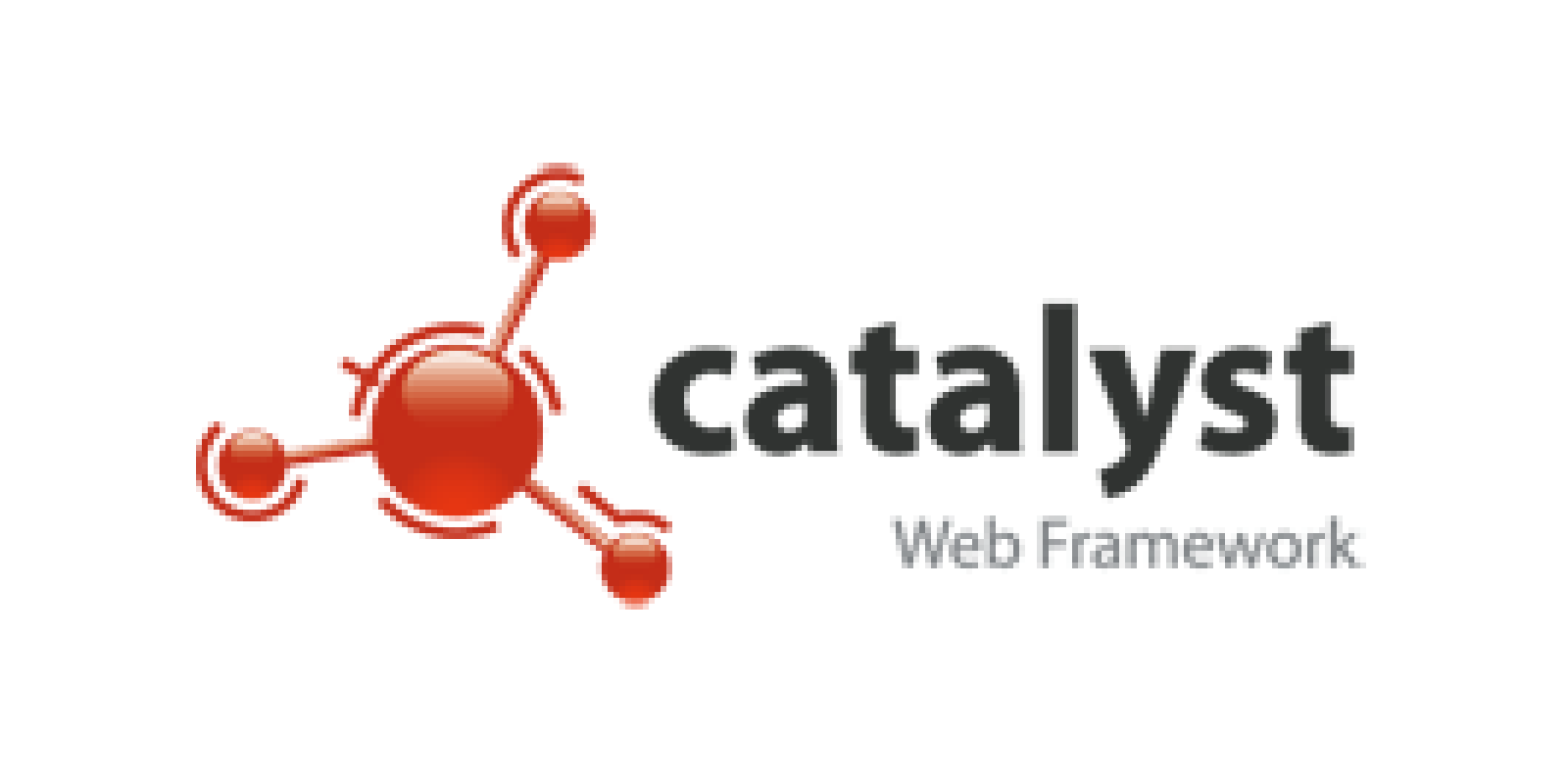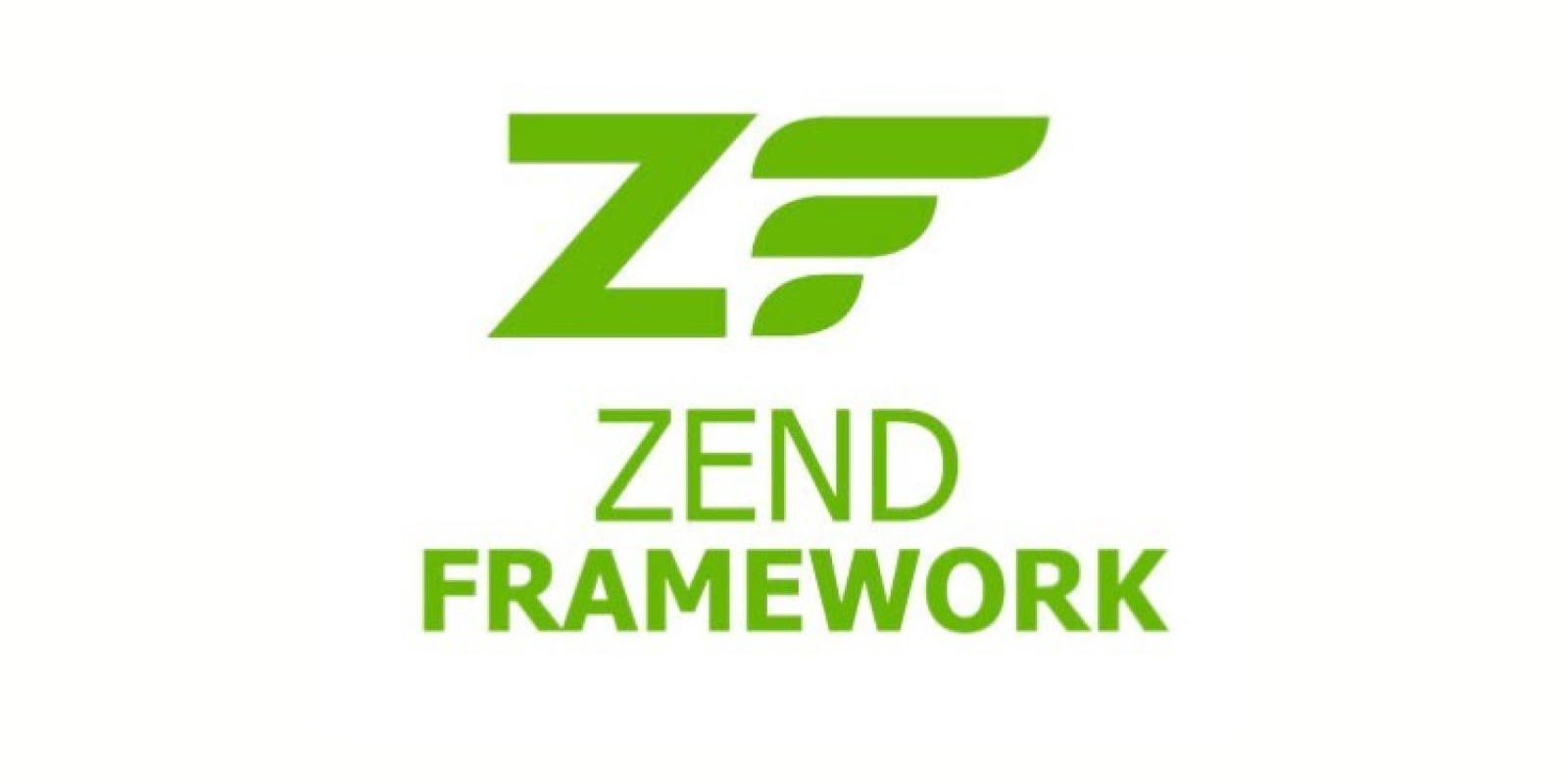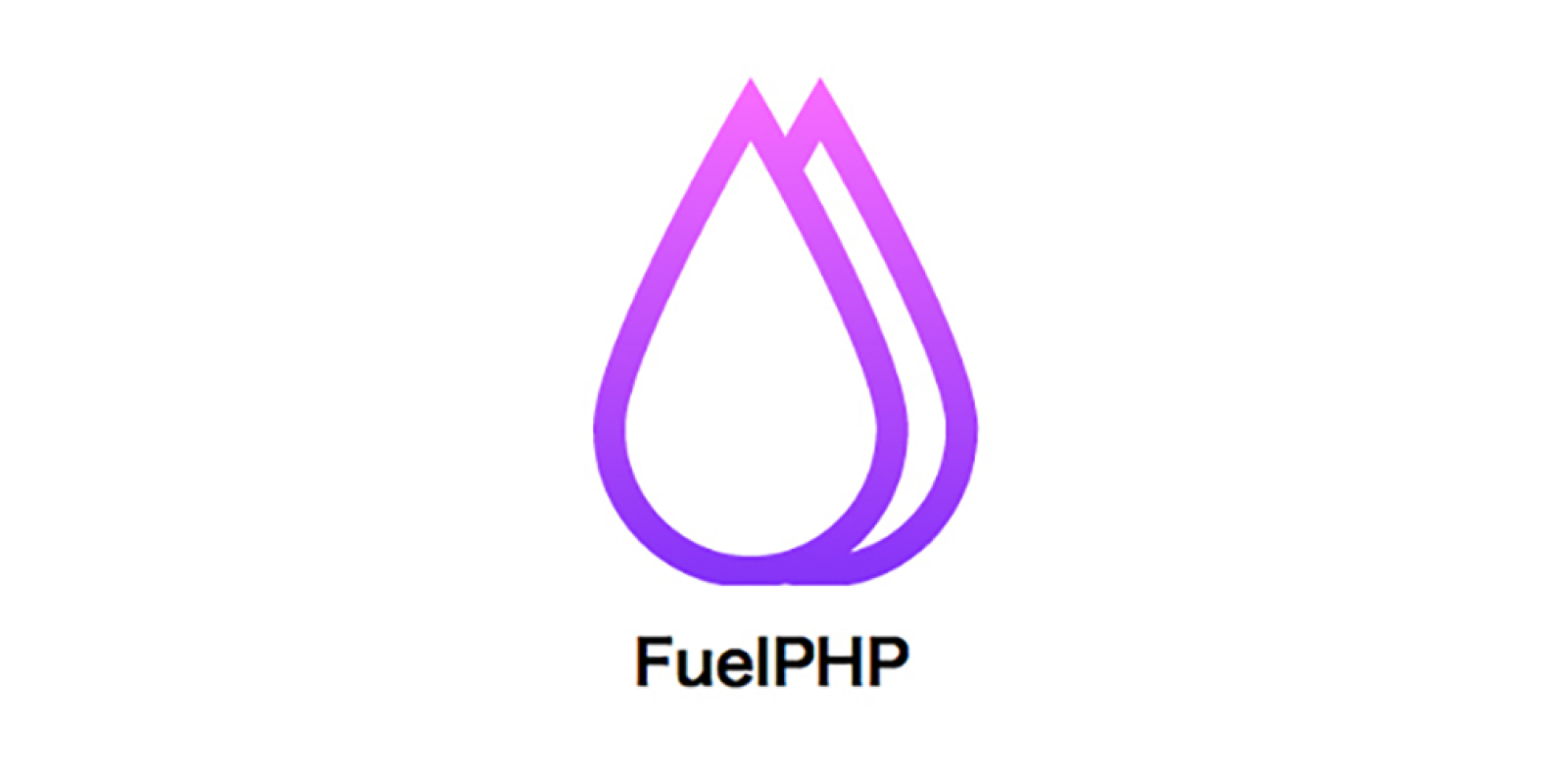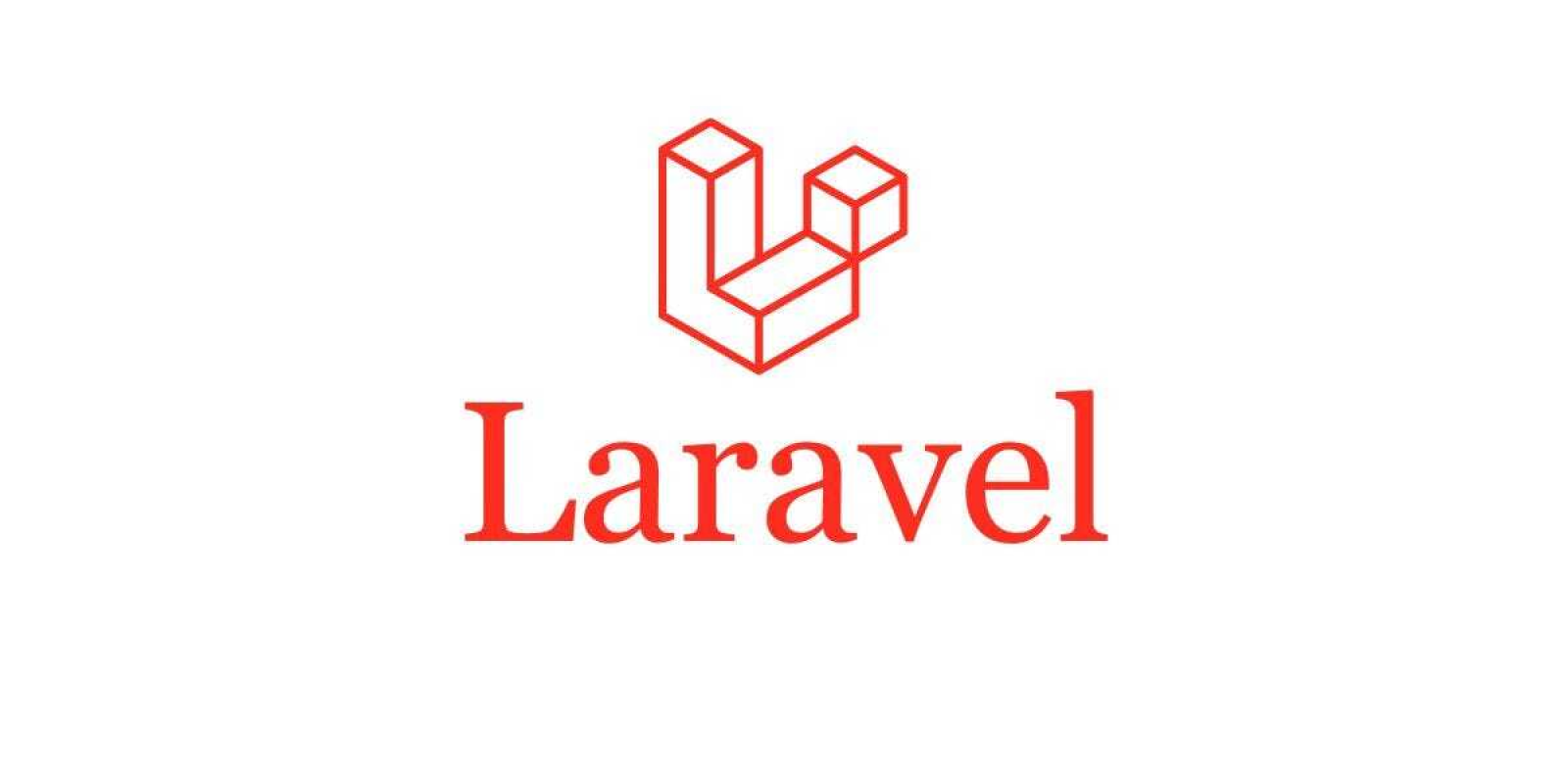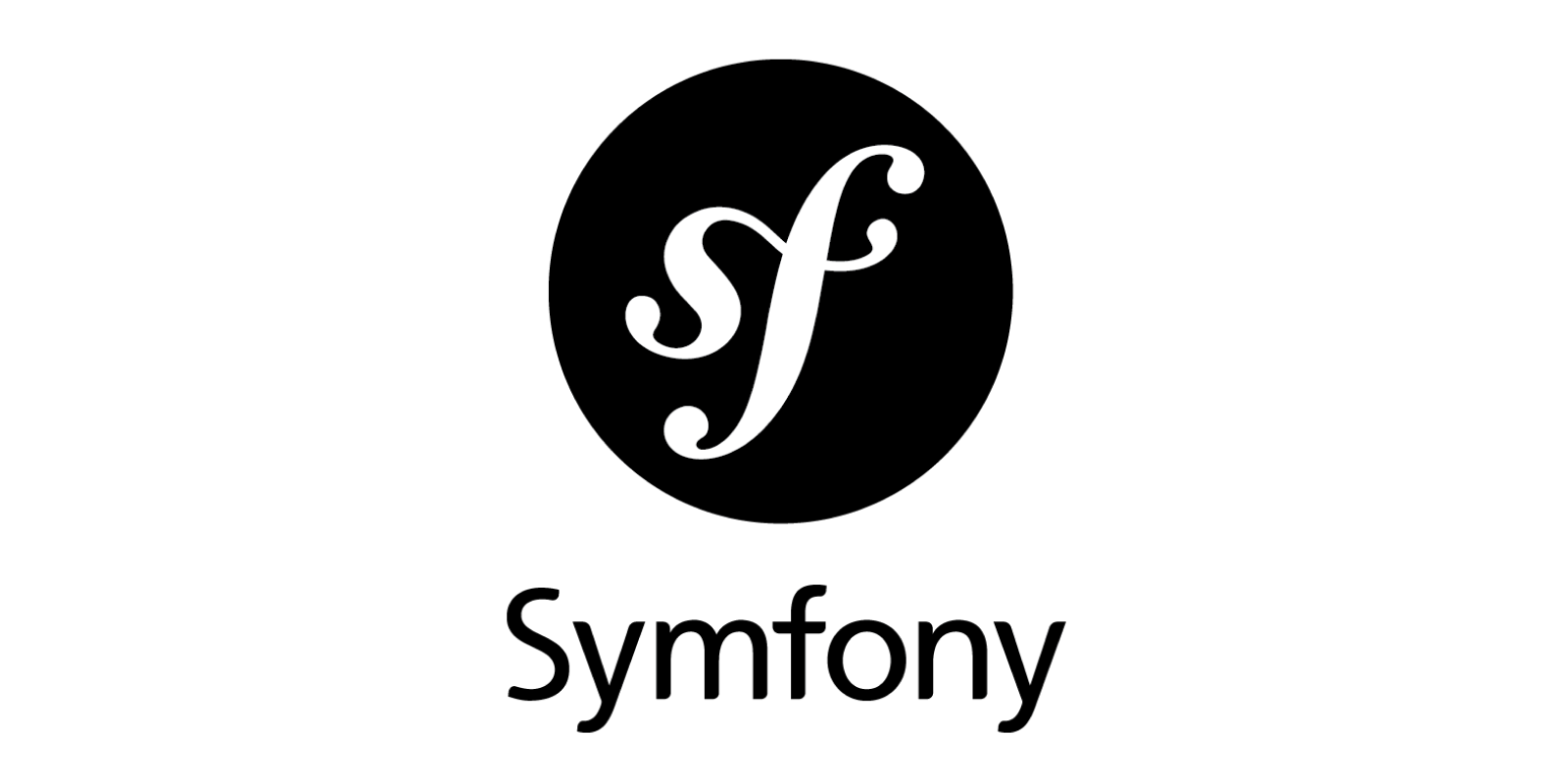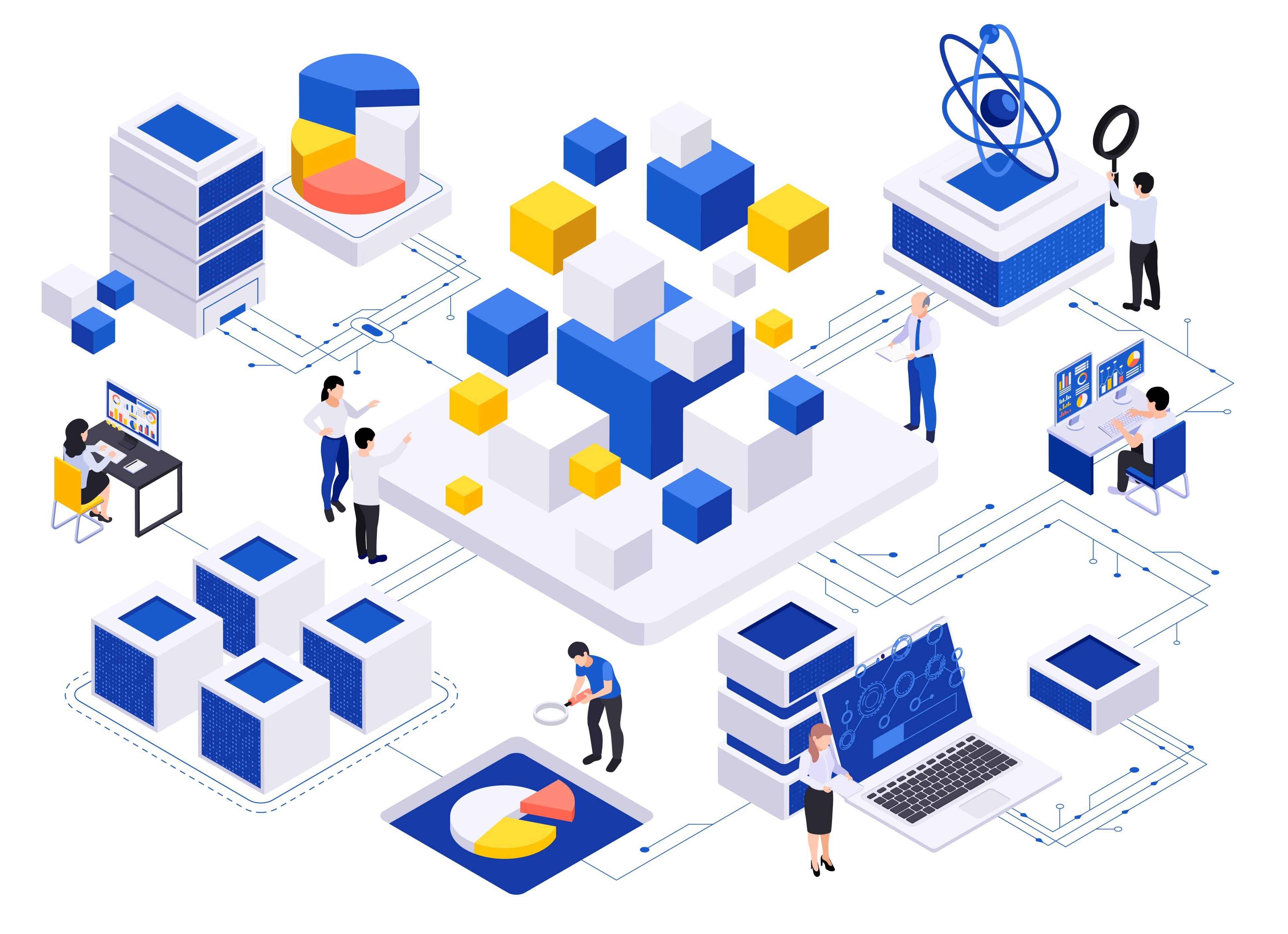MVC vs Microservices: How Does Their Architecture Differ
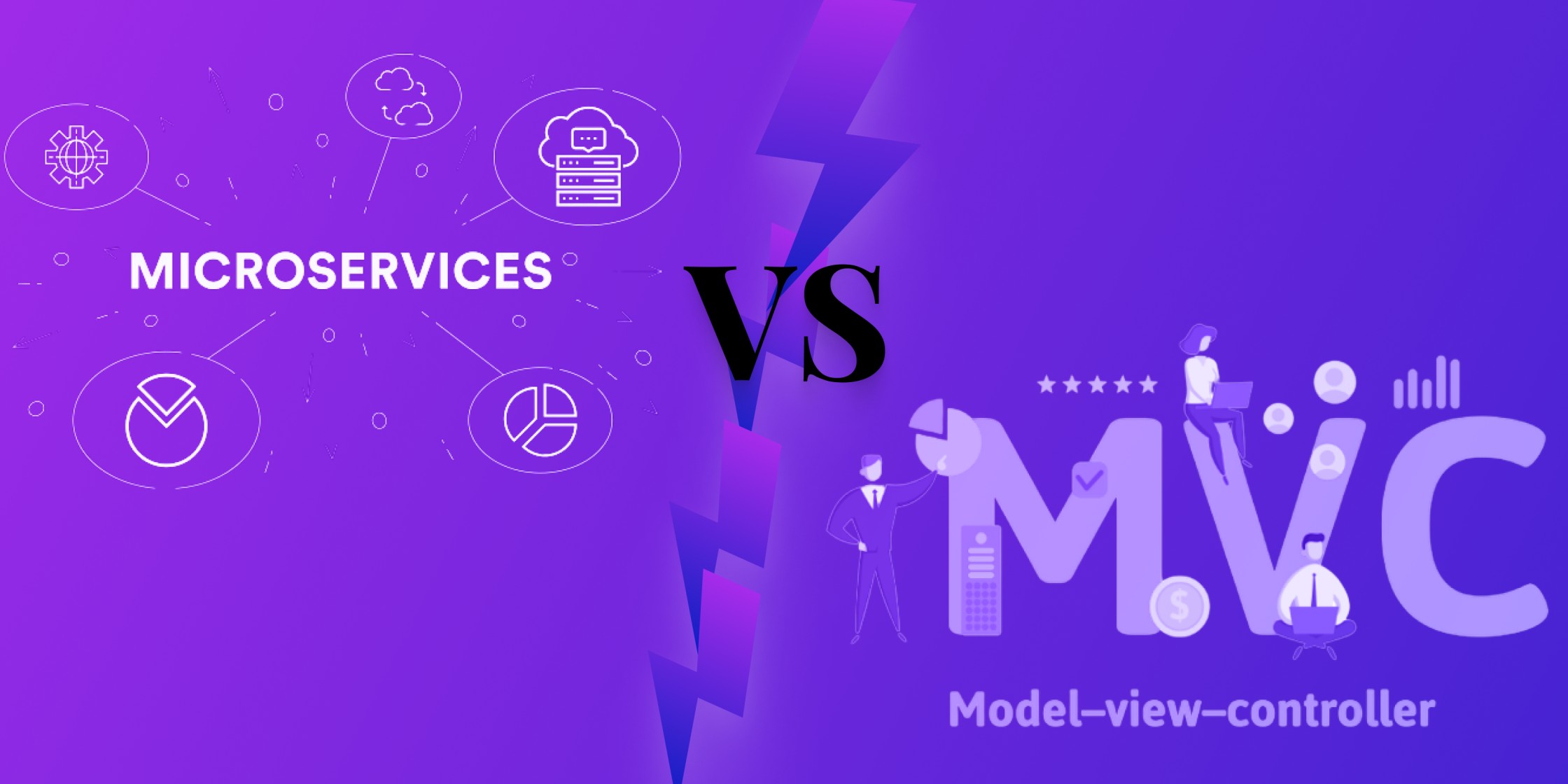
Introduction to MVC and Microservices
What is an MVC architecture?
MVC is a software architectural pattern that separates an application into three interconnected components
1. Model
- Represents the application's data and business logic.
- Manages the data, logic, and rules of the application.
- Responds to requests for information and updates from the View.
- It does not directly communicate with the user interface.
2. View:
- Represents the user interface (UI) and presentation layer of the application.
- Displays the data from the model to the users.
- Sends user input to the controller for processing.
- It does not directly interact with the application's data or business logic.
3. Controller:
- Acts as an intermediary between the Model and View components.
- Receives user input from the view and processes it.
- Updates the model based on the user input.
- Updates the view to reflect changes in the model.
The separation of concerns provided by the MVC pattern promotes modularity, maintainability, and scalability in software development.
It allows different teams or individuals to work on different aspects of the application without affecting the other components.

Microservices Architecture
Microservices is an architectural style that structures an application as a collection of small, independent, and loosely coupled services.
Each service is designed to perform a specific business function and can be developed, deployed, and scaled independently.
Key characteristics of microservices include:
1. Independence:
Microservices operate independently of each other, allowing for separate development, deployment, and scaling.
2. Decentralized Data Management:
Each microservice manages its data, and data consistency is maintained through communication between services.
3. Scalability:
Individual microservices can be scaled independently based on demand, providing flexibility and efficiency.
4. Resilience:
Failure in one microservice does not necessarily impact the entire application. Other services can continue to function.
5. Technology Diversity:
Different microservices can be implemented using different technologies, enabling teams to choose the best tools for each service.
6. APIs for Communication:
Microservices communicate with each other through well-defined APIs, often using lightweight protocols such as HTTP or message queues.
Combining MVC and microservices can lead to a powerful and modular architecture.
In such a setup, each microservice can have its own MVC structure, providing a clear separation of concerns within each service.
The microservices communicate with each other to fulfill broader application requirements.
This architecture promotes agility, scalability, and ease of maintenance, especially in large and complex systems.
Advantages of MVC (Model, View, Controller)
Separation of Concerns
- MVC enforces a clear separation between the application's data (model), presentation (view), and user interaction logic (controller).
- This separation makes the codebase more modular and easier to understand.
Code Reusability
- The modular structure of MVC allows for code reuse.
- Models, views, and controllers can be reused in different parts of the application or even in different projects.
Testability
- Each component (model, view, controller) can be tested independently.
- This facilitates unit testing and ensures that changes to one component do not adversely affect others.
Maintainability
- The separation of concerns and modularity results in increased maintainability.
- Developers can make changes to one component without affecting the others, making it easier to update and extend the application.
Scalability
- MVC's modular structure makes it easier to scale applications.
- Developers can scale specific components or add new features without having to modify the entire application.
Parallel Development
- Different teams or developers can work on different components simultaneously, as long as they adhere to the defined interfaces between the Model, View, and Controller.
User Interface and Business Logic Separation
- MVC separates the user interface (View) from the underlying business logic (Model), making it easier to update the UI without affecting the core functionality of the application.
Flexibility
- Developers have the flexibility to choose different technologies or frameworks for each component, as long as they adhere to the defined interfaces.
Disadvantages of MVC
Learning Curve
- MVC can have a steeper learning curve for beginners, as it introduces the concept of separating concerns and understanding the interactions between Model, View, and Controller.
Increased Complexity
- For small applications, the overhead of implementing the MVC pattern might be considered excessive, leading to increased complexity.
- Simpler architectures may be more suitable for straightforward projects.
Boilerplate Code
- In some implementations, MVC can lead to the creation of boilerplate code, especially in scenarios where a lot of code is needed to manage the interactions between the Model, View, and Controller.
Potential Overhead
- Depending on the implementation, there might be some overhead in terms of memory and processing resources due to the need for communication between different components.
Tight Coupling in Some Cases
- While MVC aims for loose coupling between components, there can be cases where tight coupling occurs, especially if developers do not adhere strictly to the separation of concerns.
Overhead in Simple Applications
- For very simple applications, the MVC pattern might introduce unnecessary overhead, and a simpler architectural pattern might be more appropriate.
Advantages of Microservices
Service Independence
- Microservices should be independent entities, meaning that each service can be developed, deployed, and scaled independently of others.
- They should have their databases and avoid direct dependencies on other services.
Single Responsibility
- Each microservice should have a single responsibility or perform a specific business capability.
- This principle helps maintain simplicity, clarity, and a focused development effort for each service.
Decentralized Data Management
- Microservices should own their data, and communication between services should be done through well-defined APIs.
- Each service manages its own data store, and data consistency is maintained through asynchronous communication or eventual consistency.
Resilience
- Microservices should be designed to handle failures gracefully.
- This includes implementing practices like circuit breakers, retries, and fallback mechanisms to ensure that a failure in one service does not cascade to others.
APIs for Communication
- Services communicate with each other through well-defined APIs.
- This can be achieved using protocols such as HTTP/REST, message queues, or other lightweight communication mechanisms.
- The API contracts should be well-documented and versioned.
Autonomous Deployment
- Microservices should be independently deployable.
- This allows for continuous delivery and enables teams to release updates or bug fixes for one service without affecting others.
Scalability
- Microservices can be independently scaled based on demand.
- This allows for efficient resource utilization, as specific services that experience increased load can be scaled independently of the entire system.
Infrastructure Automation
- Embrace infrastructure as code (IaC) and automation practices to manage the deployment, scaling, and monitoring of microservices.
- Tools like Docker and Kubernetes are often used to automate containerized deployments.
Continuous Integration and Deployment (CI/CD)
- Implement CI/CD pipelines to automate the testing, integration, and deployment of microservices.
- This ensures rapid and reliable delivery of changes to production.
Monitoring and Observability
- Microservices should include robust monitoring and logging mechanisms.
- Each service should emit relevant metrics and logs to allow for effective troubleshooting, performance analysis, and overall observability.
Cross-Functional Teams
- Organize development teams around business capabilities rather than technology stacks.
- Each cross-functional team should be responsible for the end-to-end development and maintenance of the services they own.
Isolation of Failures
- Failures in one microservice should not impact the entire system.
- The architecture should be designed to isolate failures and prevent them from spreading across services.
Disadvantages of Microservices
Complexity of Distributed Systems
- Microservices introduce complexity in terms of managing a distributed system.
- Implementing communication, coordination, and data consistency between services can be challenging and may require additional infrastructure and tooling.
Increased Development Overhead
- Developing and maintaining a microservices-based application can result in increased development overhead.
- Each service needs to be individually developed, tested, deployed, and monitored, which can be more time-consuming than working on a monolithic application.
Inter-Service Communication Overhead
- Microservices rely heavily on network communication between services.
- This can introduce latency and communication overhead, especially in scenarios where services need to frequently exchange data.
Data Consistency Challenges
- Maintaining consistency across distributed databases and ensuring data integrity can be complex.
- Implementing strategies for eventual consistency or distributed transactions adds a layer of difficulty to the development process.
Operational Complexity
- Managing and monitoring a large number of microservices in a production environment can be operationally challenging.
- Tools for logging, monitoring, and troubleshooting become crucial, and organizations may need to invest in advanced DevOps practices.
Service Discovery and Load Balancing
- Microservices often require mechanisms for service discovery and load balancing to efficiently route requests to different instances of services.
- Implementing and managing these mechanisms adds complexity to the infrastructure.
Testing Challenges
- Testing microservices involves complexities such as ensuring compatibility between different services, dealing with multiple deployment environments, and managing dependencies.
- Comprehensive testing strategies, including integration and end-to-end testing, are essential.
Security Concerns
- Security becomes more challenging in a microservices environment.
- Implementing and enforcing consistent security measures across all services, handling authentication and authorization, and securing communication channels require careful consideration.
Initial Development Cost
- The initial development cost of breaking down a monolithic application into microservices can be high.
- Organizations may need to invest time and resources in refactoring existing code, implementing new communication patterns, and training teams.
Dependency Management
- Microservices may have dependencies on each other, and managing these dependencies can be challenging.
- Changes in one service may require updates in dependent services, leading to coordination challenges.
Limited Transactional Support
- Ensuring transactional consistency across multiple microservices can be challenging.
- Traditional ACID transactions are difficult to implement, and developers often need to rely on alternative patterns such as compensating transactions.
Cultural Shift
- Adopting microservices often requires a cultural shift in development and operations teams.
- Teams need to embrace new practices, such as DevOps, continuous integration, and continuous delivery, to fully realize the benefits of microservices.
In many cases, a hybrid approach may also be considered, where a monolithic application is gradually refactored into microservices as the application evolves and requirements change.
The choice between MVC and microservices should be made based on a thorough understanding of the specific project requirements and constraints.
Advantages of Microservices
Service Independence
- Microservices should be independent entities, meaning that each service can be developed, deployed, and scaled independently of others.
- They should have their databases and avoid direct dependencies on other services.
Single Responsibility
- Each microservice should have a single responsibility or perform a specific business capability.
- This principle helps maintain simplicity, clarity, and a focused development effort for each service.
Decentralized Data Management
- Microservices should own their data, and communication between services should be done through well-defined APIs.
- Each service manages its own data store, and data consistency is maintained through asynchronous communication or eventual consistency.
Resilience
- Microservices should be designed to handle failures gracefully.
- This includes implementing practices like circuit breakers, retries, and fallback mechanisms to ensure that a failure in one service does not cascade to others.
APIs for Communication
- Services communicate with each other through well-defined APIs.
- This can be achieved using protocols such as HTTP/REST, message queues, or other lightweight communication mechanisms.
- The API contracts should be well-documented and versioned.
Autonomous Deployment
- Microservices should be independently deployable.
- This allows for continuous delivery and enables teams to release updates or bug fixes for one service without affecting others.
Scalability
- Microservices can be independently scaled based on demand.
- This allows for efficient resource utilization, as specific services that experience increased load can be scaled independently of the entire system.
Infrastructure Automation
- Embrace infrastructure as code (IaC) and automation practices to manage the deployment, scaling, and monitoring of microservices.
- Tools like Docker and Kubernetes are often used to automate containerized deployments.
Continuous Integration and Deployment (CI/CD)
- Implement CI/CD pipelines to automate the testing, integration, and deployment of microservices.
- This ensures rapid and reliable delivery of changes to production.
Monitoring and Observability
- Microservices should include robust monitoring and logging mechanisms.
- Each service should emit relevant metrics and logs to allow for effective troubleshooting, performance analysis, and overall observability.
Cross-Functional Teams
- Organize development teams around business capabilities rather than technology stacks.
- Each cross-functional team should be responsible for the end-to-end development and maintenance of the services they own.
Isolation of Failures
- Failures in one microservice should not impact the entire system.
- The architecture should be designed to isolate failures and prevent them from spreading across services.
Disadvantages of microservices
Complexity of Distributed Systems
- Microservices introduce complexity in terms of managing a distributed system.
- Implementing communication, coordination, and data consistency between services can be challenging and may require additional infrastructure and tooling.
Increased Development Overhead
- Developing and maintaining a microservices-based application can result in increased development overhead.
- Each service needs to be individually developed, tested, deployed, and monitored, which can be more time-consuming than working on a monolithic application.
Inter-Service Communication Overhead
- Microservices rely heavily on network communication between services.
- This can introduce latency and communication overhead, especially in scenarios where services need to frequently exchange data.
Data Consistency Challenges
- Maintaining consistency across distributed databases and ensuring data integrity can be complex.
- Implementing strategies for eventual consistency or distributed transactions adds a layer of difficulty to the development process.
Operational Complexity
- Managing and monitoring a large number of microservices in a production environment can be operationally challenging.
- Tools for logging, monitoring, and troubleshooting become crucial, and organizations may need to invest in advanced DevOps practices.
Service Discovery and Load Balancing
- Microservices often require mechanisms for service discovery and load balancing to efficiently route requests to different instances of services.
- Implementing and managing these mechanisms adds complexity to the infrastructure.
Testing Challenges
- Testing microservices involves complexities such as ensuring compatibility between different services, dealing with multiple deployment environments, and managing dependencies.
- Comprehensive testing strategies, including integration and end-to-end testing, are essential.
Security Concerns
- Security becomes more challenging in a microservices environment.
- Implementing and enforcing consistent security measures across all services, handling authentication and authorization, and securing communication channels require careful consideration.
Initial Development Cost
- The initial development cost of breaking down a monolithic application into microservices can be high.
- Organizations may need to invest time and resources in refactoring existing code, implementing new communication patterns, and training teams.
Dependency Management
- Microservices may have dependencies on each other, and managing these dependencies can be challenging.
- Changes in one service may require updates in dependent services, leading to coordination challenges.
Limited Transactional Support
- Ensuring transactional consistency across multiple microservices can be challenging.
- Traditional ACID transactions are difficult to implement, and developers often need to rely on alternative patterns such as compensating transactions.
Cultural Shift
- Adopting microservices often requires a cultural shift in development and operations teams.
- Teams need to embrace new practices, such as DevOps, continuous integration, and continuous delivery, to fully realize the benefits of microservices.
In many cases, a hybrid approach may also be considered, where a monolithic application is gradually refactored into microservices as the application evolves and requirements change.
The choice between MVC and microservices should be made based on a thorough understanding of the specific project requirements and constraints.
Popular MVC Frameworks
Popular Companies Using MVC and Microservices
Many companies across different industries use MVC and microservices architecture. Some examples include
Microsoft
ASP.NET, a popular web framework, often utilizes MVC architecture.
Ruby on Rails
A web application framework that follows the MVC pattern.
Netflix
Known for its microservices architecture to handle scalability and maintainability.
Amazon
Utilizes microservices to power various services within its extensive ecosystem.
Uber
Employs microservices for different aspects of its ride-sharing and delivery platforms.
These companies demonstrate the widespread adoption of MVC and microservices in the development of scalable and modular software systems.
Which is better: MVC or microservices?
The choice between MVC (Model-View-Controller) architecture and microservices architecture depends on various factors, including the nature of the application, scalability requirements, development team structure, and organizational goals.
Both MVC and microservices have their strengths and weaknesses, and the "better" option often depends on the specific context.
Below are some general considerations.
Project Size and Complexity
- For small to medium-sized projects with simpler requirements, a monolithic MVC architecture may be more suitable.
- Microservices are often preferred for large, complex systems with diverse functionalities.
Scalability Requirements
- If scalability and independent scaling of components is critical, microservice architecture provides a more suitable solution.
Team Structure and Expertise
- The existing expertise of the development team and the organization's structure can influence the choice.
- Microservices often align well with agile teams, while MVC may be more straightforward for smaller, tightly-knit teams.
Organizational Goals
- Consider the long-term goals of the organization.
- If the focus is on scalability, flexibility, and continuous delivery, microservices might be a better fit.
- If simplicity and faster development cycles are priorities, a monolithic MVC approach might be appropriate.
Conclusion
In conclusion, the choice between MVC (Model-View-Controller) and microservices architecture ultimately depends on your application's specific requirements, scale, and goals.
Both architectural patterns have advantages and disadvantages, and the decision should be based on careful consideration of various factors.
If your application is relatively small or has straightforward requirements, MVC can provide a more straightforward approach.
It organizes code into modular components, making it easier to maintain and understand. MVC also promotes the separation of concerns, facilitating code reuse and testing.
On the other hand, if scalability, flexibility, and independence of components are critical for your application, microservices architecture may be a better fit.
Microservices offer a decentralized approach, enabling individual services to evolve independently, be developed in different technologies, and scale individually.
This can be particularly beneficial for large, complex applications with diverse functionalities and development teams.
It's important to note that there is no one-size-fits-all solution, and the best choice depends on the unique requirements of your project.
Additionally, hybrid approaches can also be considered, where you might start with a monolithic MVC architecture and gradually transition to microservices as your application grows.
In the end, a thorough analysis of your application's needs, development team expertise, and future scalability plans should guide your decision between MVC and microservices.
Whichever path you choose, it's essential to stay adaptable and continuously reassess your architecture as your application evolves.




